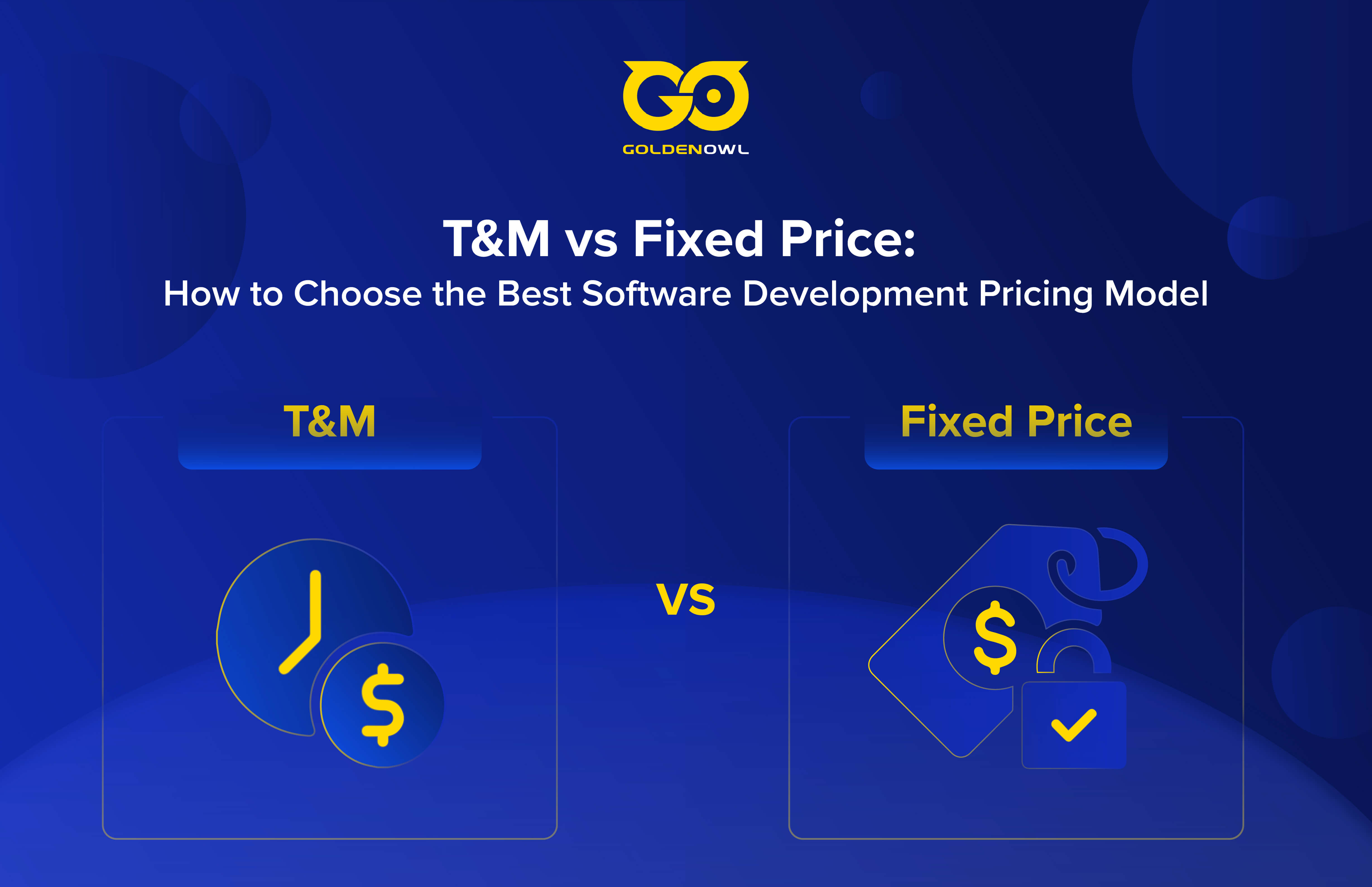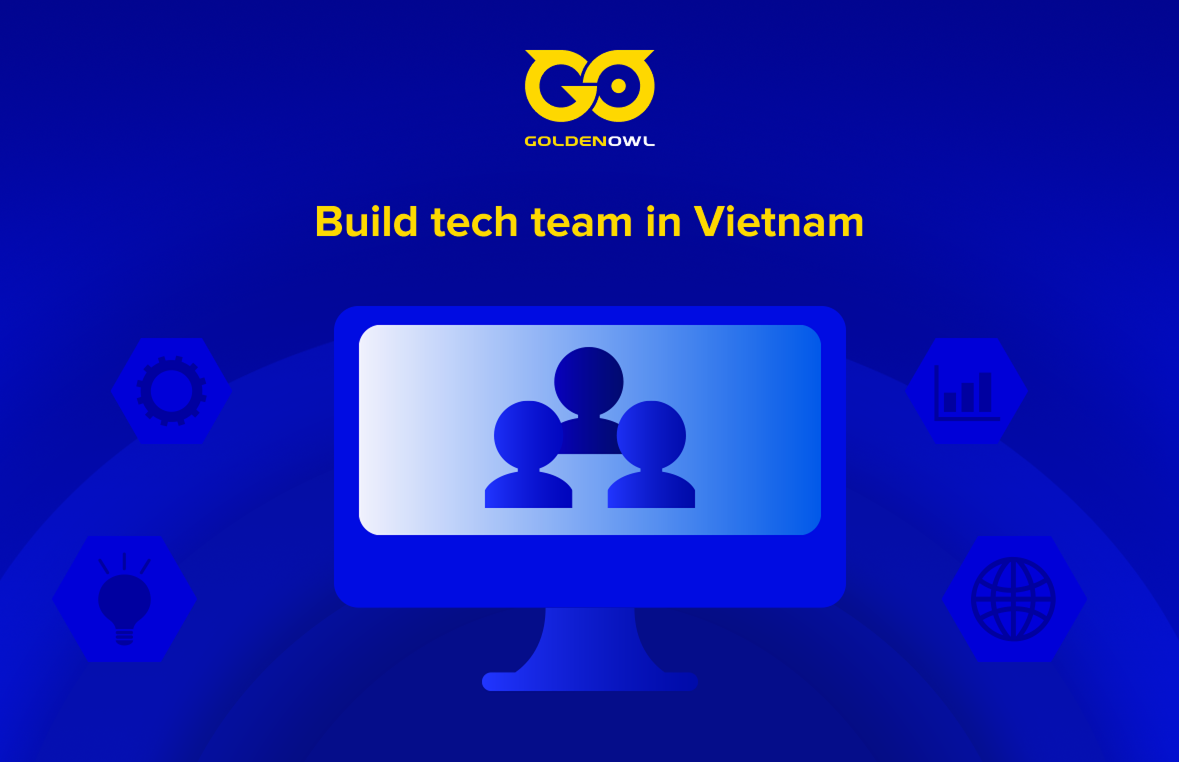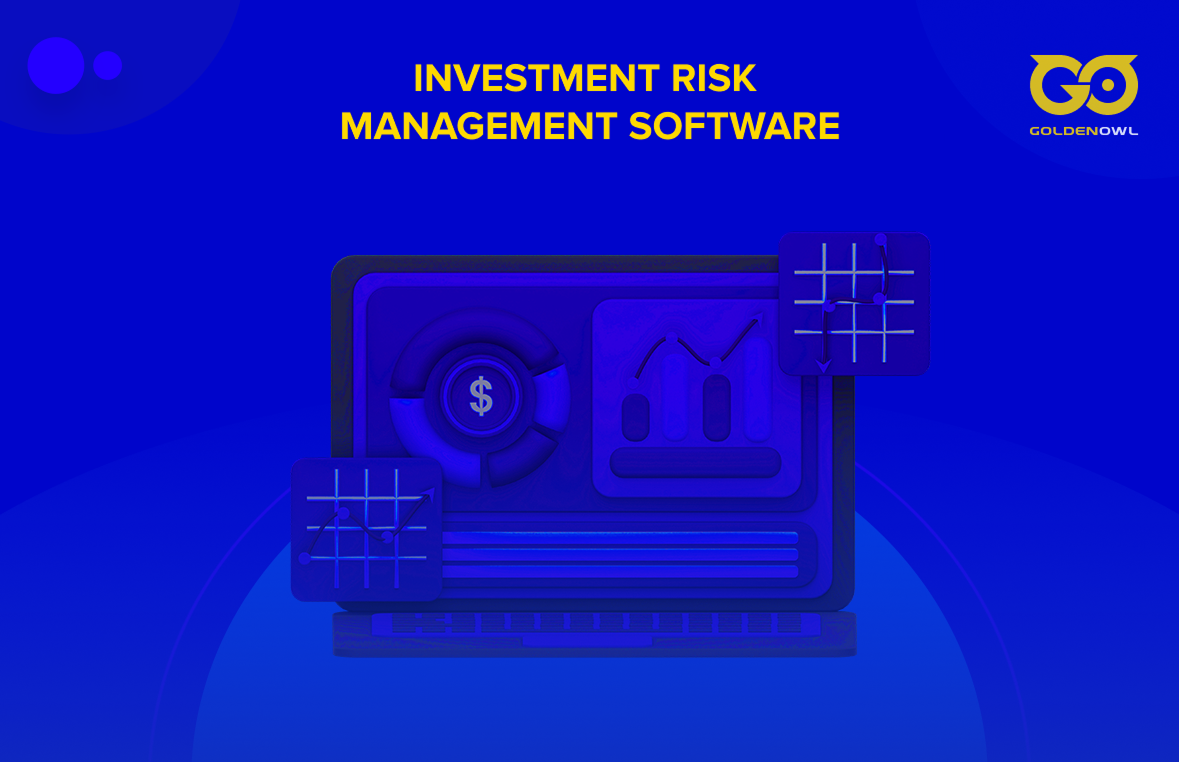From static sites to dynamic powerhouses, unleash the magic of web application development! Explore different types and build your digital dreams.
The internet has become a ubiquitous part of our lives. Within its vast ecosystem, web applications reign supreme. From the social media platforms we frequent to the online banking portals we rely on, these interactive programs are the backbone of our digital experiences.
However, what exactly goes into building these applications? Enter the world of web application development—the art and science of crafting software that runs through the veins of the web.
Unveiling the Mystery: What is Web Application Development?
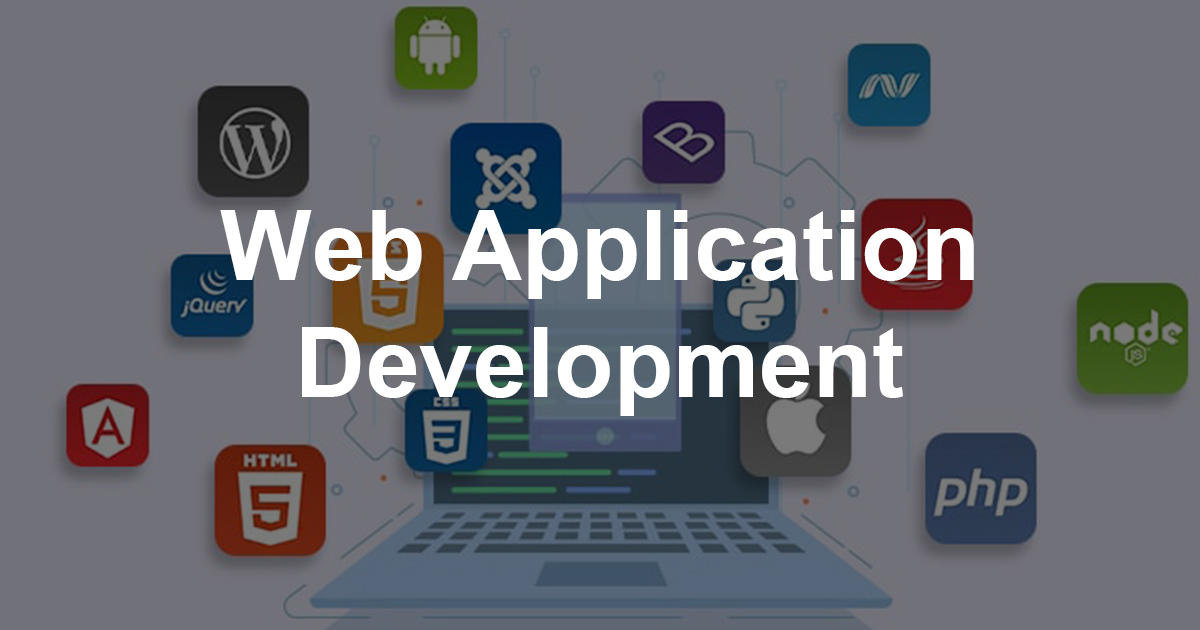
Web application development is the process of designing, creating, deploying, and maintaining software applications that run on a web server and are accessible through a web browser.
Unlike traditional desktop software, web applications are platform-independent, meaning they can be accessed from any device with an internet connection, regardless of operating system. This flexibility and accessibility have made them the go-to solution for a wide range of needs, from simple online forms to complex enterprise-level applications.
Read more: Web Development With Different Languages: Which Ones Are Better?
Decoding the Diversity: 5 Main Types of Web Applications
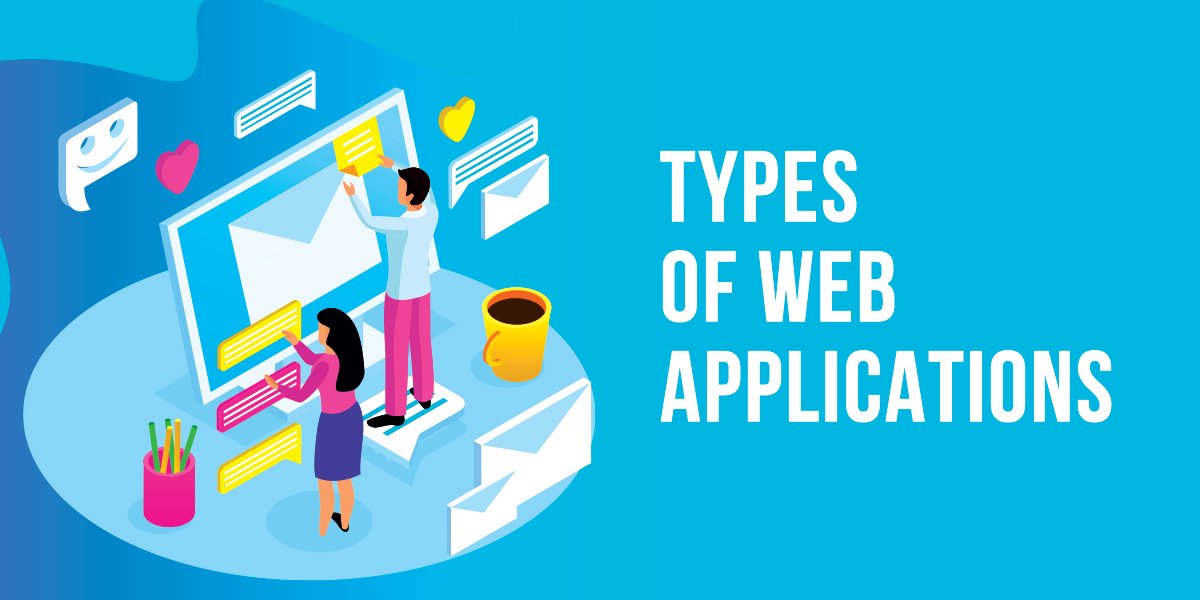
The beauty of web application development lies in its sheer diversity. The possibilities are endless, from simple static websites showcasing information to dynamic portals brimming with functionality. Here’s a glimpse into the captivating tapestry of web application types:
- Single-page applications (SPAs). These interactive web apps—like online banking platforms or email clients—load only a single page initially and then update parts of it dynamically without reloading the entire page.
- E-commerce applications. Shopping online? You’re interacting with an e-commerce web app! These platforms showcase products, manage transactions, and personalize your shopping experience, making online retail a breeze.
- Content management systems (CMS). Websites like the one you’re reading are powered by CMS. They provide user-friendly interfaces for managing content, allowing non-technical users to easily update and publish web pages.
- Social networking applications. From keeping in touch with friends to building professional networks, social media platforms are prime examples of web apps. They facilitate communication, content sharing, and community building on a global scale.
- Custom web applications development. Tailored to meet specific business needs, custom web applications range from internal tools that streamline workflows to customer-facing portals that enhance user engagement. These bespoke solutions are designed to solve unique challenges and optimize operations.
Unveiling the Journey: Web Application Development Process
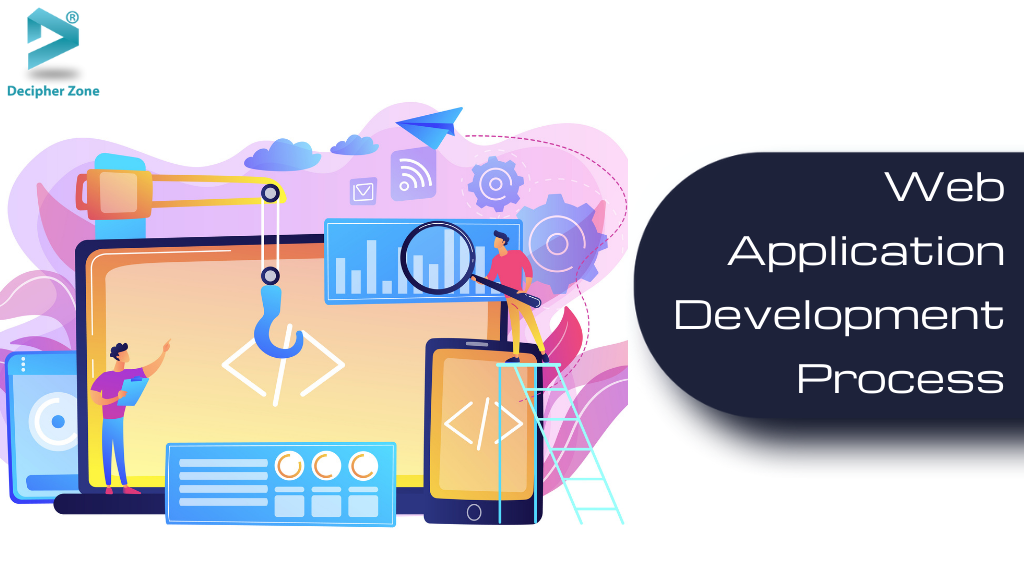
Bringing a web application to life involves a carefully orchestrated process, ensuring each stage aligns with the overall vision and goals. Here’s the five key steps that typically comprise this journey:
Laying the Foundation: Planning and Analysis
When starting a web application development project, it is essential to begin with a solid foundation through thorough planning and analysis.
This initial phase involves defining goals and requirements, which entails understanding the application’s intended purpose, target audience, and desired functionalities. In addition, gathering user feedback through surveys, interviews, or focus groups is a critical step in effectively shaping the application’s features and design.
Once goals and requirements have been defined and user feedback has been collected, creating a project plan is the next step. This detailed roadmap outlines milestones, timelines, resource allocation, and budget considerations, ensuring a structured development process. By starting with a comprehensive plan, you can set yourself up for success and avoid costly mistakes further down the line.
Visualizing the Blueprint: Design and Prototyping
When creating an application, it is necessary to visualize the blueprint through design and prototyping. This involves two main areas of focus: User Interface (UI) design and User Experience (UX) design.
UI design aims to create an interface that is both intuitive and visually appealing. It should guide users seamlessly through their interactions with the application. Meanwhile, UX design is all about designing efficient, enjoyable, and tailored interactions to meet the specific needs and expectations of the target audience.
Creating interactive mockups or prototypes is also a crucial part of the design process. It enables early testing and feedback, allowing for refinements to be made before full-scale development begins. This step is vital to ensure that the final product meets the users’ needs and is user-friendly.
Crafting the Engine: Development
Front-End Development
Front-end development revolves around creating the visual components and interactive elements that users view and interact with directly in their web browsers. It leverages various programming languages—mainly HTML, CSS, and JavaScript—to develop websites and web applications that look and feel engaging and user-friendly.
In addition to these languages, you can also use popular front-end web application development frameworks like React, Angular, and Vue.js to streamline the development process and create more advanced and dynamic web applications.
Back-End Development
Back-end development is also crucial in software development. It involves creating the server-side logic, application functionality, and database interactions that power an application’s core operations.
This process requires using specific programming languages and frameworks that enable you to build robust and scalable applications that meet users’ needs. Now, you may ask, “What is the best language for back-end web application development?” The answer is Python, Java, PHP, Ruby, and Node.js. You may also want to use popular frameworks such as Django, Spring, Ruby on Rails, Laravel, and Express to easily create complex and feature-rich applications.
Database Management and Integration
Managing and integrating databases is another critical aspect of any software development project. It involves selecting and configuring a database system that can efficiently store and retrieve application data.
The chosen database system must be capable of handling significant amounts of data, providing secure access control, preserving data integrity, and offering backup and recovery capabilities.
Managing and integrating databases requires identifying data requirements, creating a data model, designing the schema, and establishing relationships between data entities. A well-designed and executed database system can significantly enhance your applications’ performance, reliability, and scalability.
API Development and Integration
APIs—or Application Programming Interfaces—provide a way for different software components, services, or systems to communicate and exchange data seamlessly and efficiently. They can be used to integrate various types of data sources or services, such as social media platforms, payment gateways, weather APIs, mapping services, and more, into an application.
API development involves creating and exposing a set of well-defined interfaces or endpoints that can be accessed by other systems or applications. These endpoints typically include methods for retrieving, creating, updating, or deleting data. They’re designed to be platform-agnostic and accessible to a wide range of clients.
Integrating APIs into an application requires careful planning and implementation to ensure the integration is secure, reliable, and scalable. It’d be best to consider factors such as authentication, authorization, rate limiting, caching, error handling, and versioning when designing and implementing API integrations.
Quality Assurance: Testing and Deployment
Rigorous testing methods are employed during the quality assurance phase, which includes unit testing, integration testing, and user acceptance testing. These tests are carried out to ensure that the application is functioning as intended, performs optimally, and is secure. Once the application passes all testing phases, it’s then deployed to a live web server, making it available to users worldwide.
Powering Your Vision with Golden Owl’s Web Application Development Service

The world of web application development is a vast and exciting landscape, brimming with possibilities to revolutionize how we interact with the digital world. However, navigating this complex terrain can be daunting. That’s where a custom web application development company like Golden Owl comes in.
We have a team of passionate and experienced web developers skilled in crafting custom applications that meet your needs and exceed your expectations. Whether you envision a dynamic e-commerce platform, a streamlined enterprise solution, or a captivating social media app, Golden Owl has the expertise to bring your vision to life.
We pride ourselves on a collaborative approach, working closely with you at every stage of the journey, from initial concept brainstorming to meticulous testing and deployment. Our transparent process ensures you’re always in the loop and empowered to make informed decisions.
Beyond technical prowess, Golden Owl is committed to building lasting partnerships. We believe in nurturing long-term relationships with our clients, providing ongoing support and maintenance to ensure your web application continues to thrive and evolve.
So, if you’re ready to embark on your web application development process, don’t settle for anything less than exceptional. Visit our website right now to discover how we can help you build the future—one web app at a time!





















